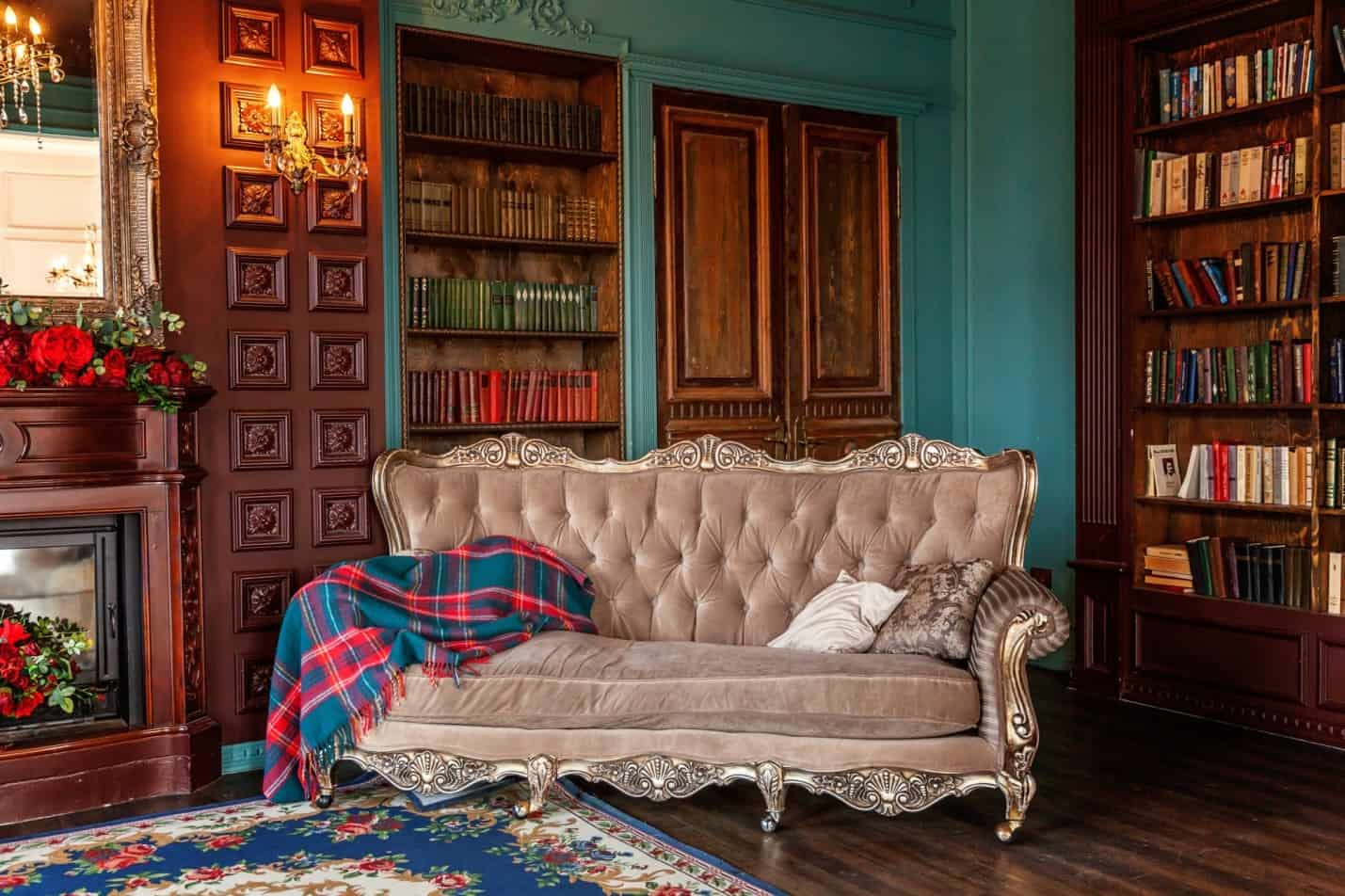Table Of Content

The Stick style house dates back to 1860 and is characterized by its vertical, diagonal, or horizontal planks that resemble Tudor style buildings. This Victorian style home has more of a decorative appearance but with a simple design. Unlike the elaborate architectural design of Second Empire and Queen Anne styles, the Stick style home lacks the bay windows and decorative ornaments that are so characteristic of the Victorian era.
Your Complete Guide To A Victorian Style House
From their iconic exteriors, to their opulent interiors fit for a queen, Victorian houses are a unique home style that stands out from the rest. These architectural details contribute in a major way to the overall appearance of Victorian homes, giving them a distinctive look that architecture fans have coveted in the decades since they were first in fashion. While we'll go further into detail on some of the key features, here's a quick overview of some features to look out for.
Shingle style Victorian house (1880-
The Richardsonian Romanesque style has to be one of the most dramatic of all architectural styles in the Victorian era (1838). It wasn’t long before it became popular thanks to the medieval Spanish and Italian Romanesque elements that were blended with modern materials and features. Victorian homes boast of distinctively designed windows that come in various shapes and sizes. They are often sash or bay windows in the first and second stories with arches and decorative panels. It’s not uncommon to see eyebrow windows with curved shapes in Victorian houses.
Fire breaks out in large, Victorian home in Newton - Yahoo! Voices
Fire breaks out in large, Victorian home in Newton.
Posted: Wed, 24 Apr 2024 16:07:15 GMT [source]
Key architectural details: trim and other ornamentation
It’s known for being rectangular or L-shaped and having low-pitched or flat roofs, round-arched windows, overhanging eaves, corbels, and columned porticoes. Victorian houses stand as enduring testaments to a bygone era, capturing the essence of a time when architectural innovation and aesthetic extravagance merged seamlessly. The grandeur and opulence of Victorian houses are not only architectural marvels but also windows into the social and cultural values of their time, where homeowners showcased their status and refined tastes through their residences. Today, Victorian houses continue to captivate admirers, offering a glimpse into the past and a timeless reminder of the enduring allure of historic architecture.
Five-bedroom Victorian twin for sale in West Philly for $850,000 - The Philadelphia Inquirer
Five-bedroom Victorian twin for sale in West Philly for $850,000.
Posted: Tue, 23 Apr 2024 09:00:00 GMT [source]
Pros and cons of Victorian home styles
These properties are cherished, hugely diverse, beautiful and familiar in our everyday lives, forming an important part of our nation's towns and cities. As for the layout, open-concept was unthinkable during this period, says McClain. “There was a music room where you had the piano, a library for reading, and a parlor where you received visitors.” For that reason, detailed floor plans are common in these homes, with interiors that were often rambling in their complexity. Victorian-era houses can be found in the U.S., Canada, the U.K., and Australia. Even still, millions of these houses remain, and their current residents are becoming well acquainted with their dated idiosyncrasies (charming or otherwise).
Victorian architects and builders applied decoration liberally, combining features borrowed from many different eras with flourishes from their own imaginations. Victorian architecture in America is not just one style, but many design styles, each with its own unique array of features. The Victorian era is that time period that matches the reign of England's Queen Victoria from 1837 to 1901. During that period, a distinct form of residential architecture was developed and became popular. Here are a few of the most popular house styles—known collectively as Victorian architecture.

Romanesque Revival style often features a brick exterior, intricate stone detailing, and a reddish color. Unlike many other types of Victorian architecture styles, Romanesque Revival homes don’t have that characteristic wood trim. As with the exterior, the interior of a Victorian house is equally as ornate and decorated.

Folk Victorian
"They often have verandas, turrets, and multiple rooms that can be used for various purposes. You will likely have a living room, a den, and a library in a Victorian." The beautiful buildings at Heritage Square now preserve pieces of the city’s history that would have otherwise been destroyed. The Queen Anne style itself hastened the end of High Victorian decorating—which had become heavy, lavish, undiscriminating. It was a time of architectural reform, mass production and increasing choices, and the first stirrings of the Colonial Revival. English-derived and very popular from 1880 through the 1890s, the quintessential Victorian house is a period favorite.
A Brief History of Scent With Saskia Wilson-Brown
The Octagon style house is the world’s only 8-sided Victorian house design with the benefits of being a practical and energy efficient property. This unique style of house has evolved over the past decades thanks to the new construction innovations. Original windows are all too often replaced with supposedly better modern systems. Do not be fooled, however – a well-maintained timber period window can outlive many a modern casement.
The most common type of Victorian style, the Folk Victorian house, is more simplistic in design. Characterized by their square look, classically detailed trims, gable roof, and front porch, Folk Victorian homes exude the spirit of the Victorian style without the grandeur. Italianate style Victorian homes mirror the Italian villas they are modeled after.
Richardson are in the tradition of Richard Norman Shaw, the former Gothicist and English architect who interpreted vernacular houses during the mid-19th century. Many of these early examples incorporate masonry or stucco and feature prominent chimneys. Expansive porches—piazzas or verandahs—are a distinctly American innovation. Built in 1899 for the artist and socialite Sarah Posey, this fantastical home was bought only a year after Posey settled in by the legendary oil magnate EL Doheny and his wife Estelle. Victorian home façades often sported things like corbels, which are wooden blocks that add a bit of flair to porches or eaves, often featuring carved or scalloped detailing, as SF Gate explains. Italianate is one of the earliest styles of Victorian house, first appearing in the early 1800s and taking its inspiration from 16th-century Italian renaissance architecture.
Those often included steeply pitched and varying rooflines, gables and dormers, decorative porch columns, spindles, towers, and dentil molding. The highly elaborate designs typically showcase a variety of exterior colors and materials. Many Victorian houses were built on a grand scale, with sweeping interior spaces that translated into special exterior features. Turrets and towers, for example, add an asymmetrical flourish to the curbside view. Often, these spaces were used as parlors, studies, or bedrooms, and some were extended up multiple floors. Crow's nests and diminutive balconies are other classic features of ornate Victorian-style houses.
No comments:
Post a Comment